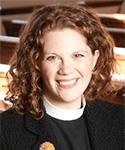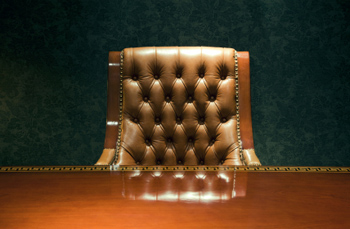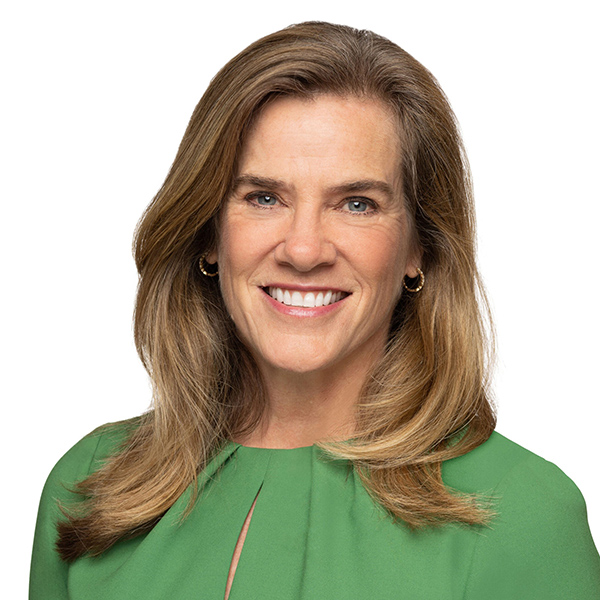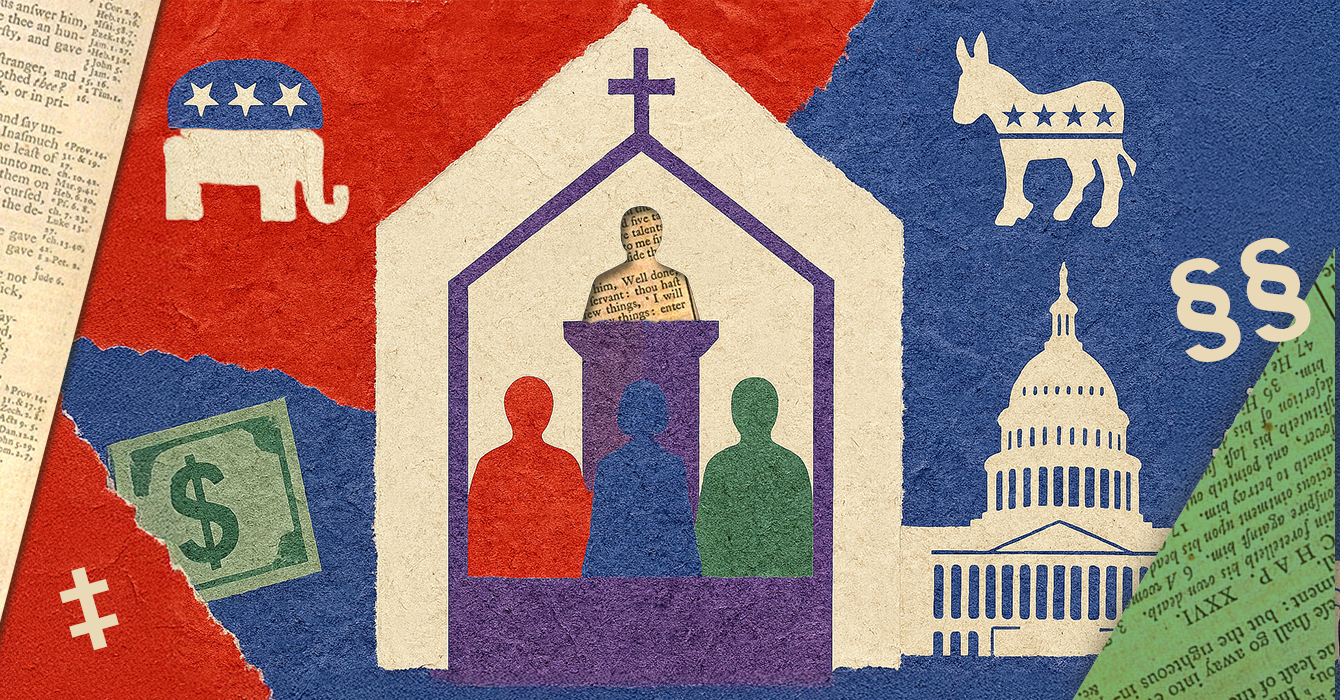The truth is, I wanted to sit at that desk. It was imposing, oak and at least four feet across. I imagined myself in the leather “executive” chair, saying wise things. When seated, I could reach across and my fingertips did not touch the edge.
At least five executive directors before me, perhaps more, had sat behind the desk in the office of the Massachusetts Council of Churches. Maybe I, too, could speak spiritual truths and broker ecumenical deals from behind this solid piece of furniture. Maybe one of my predecessors had left some wisdom taped inside the middle drawer.
Yet shortly after moving into the office, it became quite clear; the desk took up too much space. The desk was designed for an era of writing letters, not tweets.
It was my mentor and a predecessor, Diane, who gave me permission to let go of this piece of our common past. When I asked her if getting rid of the desk would be a sacrilege, she said, “It is not an object of sacred memory.” The desk had served her, but no longer served me.
I am not an iconoclast. I did not intend to kill the desk. But when a colleague and I attempted to push the desk out of the office, we found it was too large to pass through the doorframe. “Lady, they must have built it inside here,” the building superintendant said. I stood aside as three burly men pulled out axes and sledgehammers. They quickly turned it into firewood.
Yet when it was finally gone, I grieved the loss of our institutional history that had transpired at the desk. I value institutions for their stability and wisdom, and I appreciate the fact that they are greater than any one person in one era. My father was a newspaper editor who read four papers a day before breakfast. Like the church, newspapers had a privileged and authoritative voice in our communal life.
My father likes to remind me that when he began, the AP wire service came in on an actual wire. And he wrote on an actual typewriter. At some point, though, you have to get rid of the typewriters, even the ones on which Pulitzer Prize winning articles were written. They no longer serve the purpose for which they were created. They occupy the space that could be filled with new tools that can better accomplish those original institutional goals.
The Massachusetts Council of Churches office looks out onto the Granary Burial Ground in Boston, where the bodies of many American patriots lay. In mild weather when the windows are open, at 11 a.m. every day you can hear the tour guide shout, “The British are coming, the British are coming!” In New England, the British are always still coming.
The danger of such redundant history is that we continue to cling to our muskets and fifes, our wires and typewriters. The danger of institutional ministry is the overbearing weight of history and tradition.
Conversely, at our best in the church, our repeated histories remind us who we are as God’s people over time: the people led out of Egypt, the women at the foot of the cross, the faithful through the generations.
For adaptive Christian institutions, our “objects of sacred memory” and our repeated histories must be measured regularly against their current function as well as their past significance. Without the discipline of assessment, our repeated histories form communities that are self-involved and ingrown. Without this discipline of assessment, our sacred objects become anchors around our necks. We can be choked by the clutter of our history.
Some things are easier to jettison than others. I did not feel charitably towards my frugal Yankee predecessors as I happily threw out boxes of dot-matrix printer paper. The desk was harder to jettison. I needed my trusted predecessor’s authority to release me from that enormous desk.
The interreligious website “Killing the Buddha” draws its name from a story by Chinese Buddhist Lin Chi. “Why kill the Buddha?” the young monk asks. “Because the Buddha you meet is not the true Buddha, but an expression of your longing,” responds the master.
Jesus says, “Follow me;” the man responds, “Lord, first let me go and bury my father.” I minister in a place where history lives close to the surface. The temptation is to let that history seduce me into the false stability of staying where we are and who we are, instead of following where Jesus leads.
When we began, we had no idea how liberating it would be to renovate our office and release the history that no longer served us. The desk was tempting, especially to a young woman at the beginning of her career looking for external signs of authority to fill internal gaps. But Diane gave me the permission to kill the desk. It was exhilarating.
When it was gone, suddenly there was much more space to do other things. We removed the sitting chairs from a receiving area for church dignitaries who no longer came to the office and put in a round conference table instead. We painted over the forgettable pale blue walls with a verdant green that Behr Paints calls “Happy Camper.” With walls the color of Ordinary Time, growth felt possible. Our office finally feels like a place with intention about the institution God is asking us to become.
It is not that the institution was moribund; it was that we were cluttered up with history too heavy to move. We aim to be a nimble, flexible network of individuals, congregations and denominations dedicated to the belief that what binds us together in Christ is stronger than what divides us. We can no longer sit behind four feet of oak desk.









